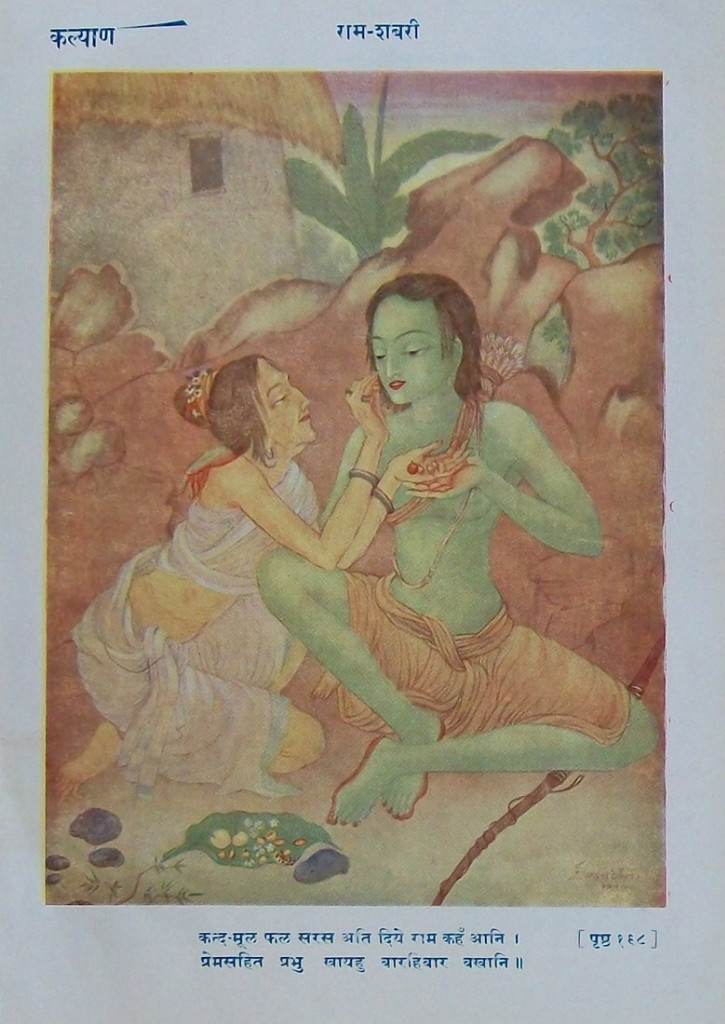
Back when I had time to go to yoga class, I used to take Ashtanga with a teacher who liked to sing and tell stories. I like to listen in challenging postures. I went often as I could.
One time, she told a creation story about how, before anything existed, there was nothing. Or maybe she said, before all things existed, everything was one thing. Anyhow. Either way, being that there was nothing to compare anything to, debating whether there was one thing or nothing is moot. We will call it homogenized. It was No-One-Thing.
Eventually and all at once, the No-One-Thing desired to self-reflect, but of course when there is no self because everything is so homogenous, one cannot self-reflect. To solve the problem, the No-One-Thing cracked. Split. Divided. It reflected itself, and then there were Two. Two! One became Two! Oh, but as soon as there were Two, they wanted to be One. So they made love. Mmm, mmm, mmm. And from their making love, all the universe and all that ever was or ever will be came into existence. Divine Bliss.
She told the story years ago and I was trying to attain one difficult posture or another, and that’s mostly all I could remember. I know it is a Tantric creation story. I know that the highest form of making love is to do so in a way that one’s actions become a prayer to god, that that it becomes a form of partner meditation in an attempt to re-create the world. It is possible. So I wrote my teacher a note and asked what the story was.
Shiva and Shakti, she wrote back. She will tell the story to me again, provided we can find a moment within this universe that belongs to the two of us. It is there, this moment, we just need to find it. Meanwhile, unwilling to wait the possible eons that reunion could require, I read all sorts of stuff on line. Nothing I found compared to the sensuality of her telling. The best website I found is here. I read it at least a dozen times. It’s circuitous, but then, so is all creation.
Eventually, I wrote the following—
A Shiva-Shakti Creation Story
Jessica Rose Shanahan
In the beginning,
all was darkness
hidden by darkness
in an ocean without consciousness.
A principle without limitation,
the One lived without breath:
Unmanifest.
And then— a throb.
Desire moved the primal seed of Mind.
Vibration throbbed within the One.
Energy swelled. A quickening!
A pulse! And fragmentation
broke the One-ness One of Universal Being.
Action exploded: the One split!
Shiva, desiring to know his mind,
engaged in self-reflection, split!
Shakti pulled from Shiva;
Desire pulled from Mind.
The universe pulled itself in two.
Mother! Father!
The first sound.
One became Two.
Shakti, torn from Shiva;
Shiva and Shakti:Two.
No longer Shiva-Shakti.
But as soon as they were separate,
the Mind chased his Desire.
O!
Shiva after Shakti:
the Mind chasing Desire.
As soon as they were separate
they wished to re-unite.
Shiva after Shakti:
the Mind chasing Desire.
And O! He caught her.
O! Mind, at One with Desire!
And yes and, O! And how,
when their bodies moved together, dancing,
universes came and went,
expanded and contracted
according to their play.
Shiva. Shakti. Play.
They moved in love like
ribbons of light interweaving,
aching to re-join.
And from their mouths emerged
the sounds of alphabets.
Exultant joy. Divine play.
Manifestation.
From the womb of Shakti:
all the forms of gods and goddesses
and all the worlds that ever were or will be
and everything to fill them: all creation.
Universes come and go.
Universes come and go.
The lovers’ dance is all creation.





